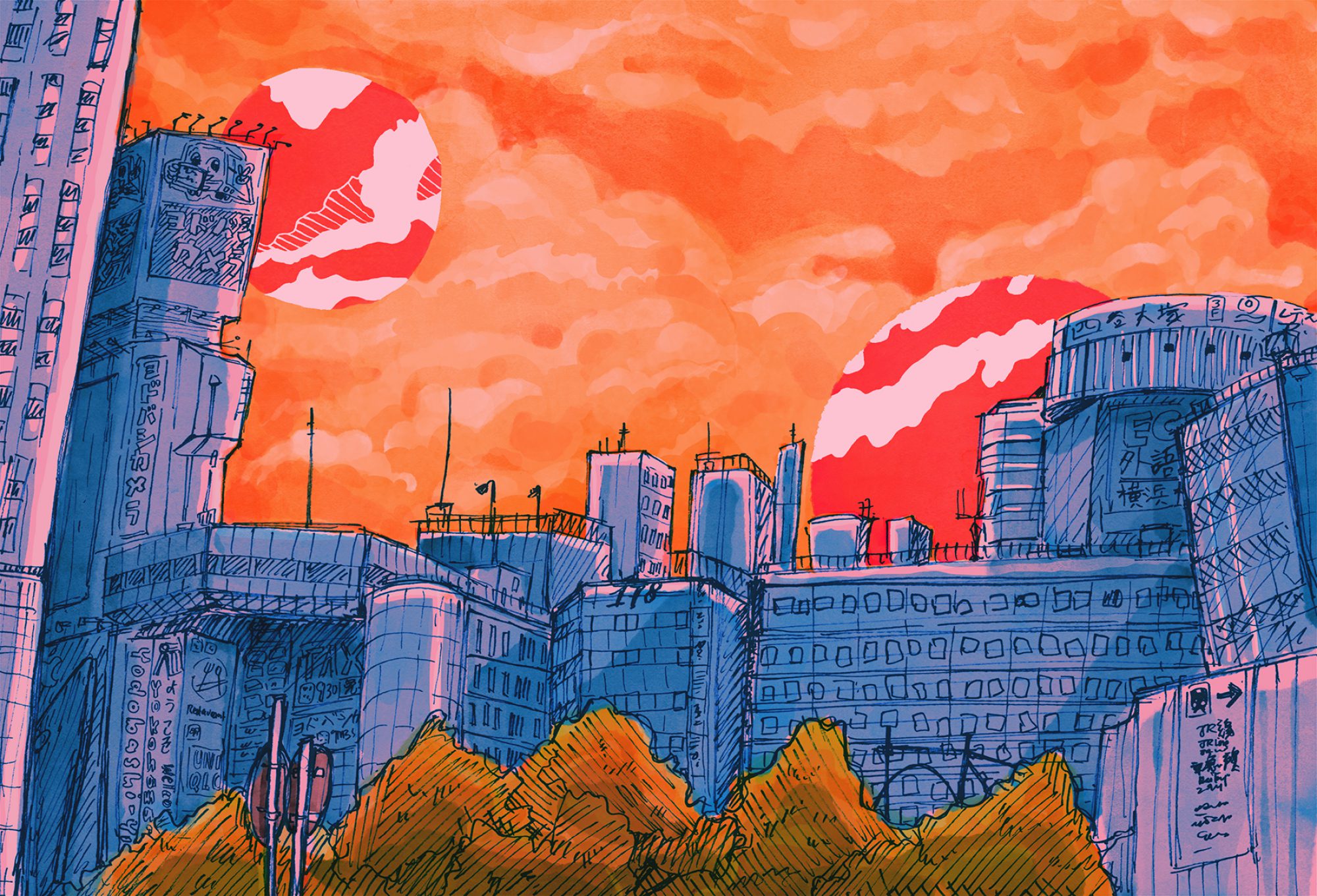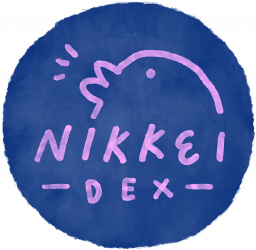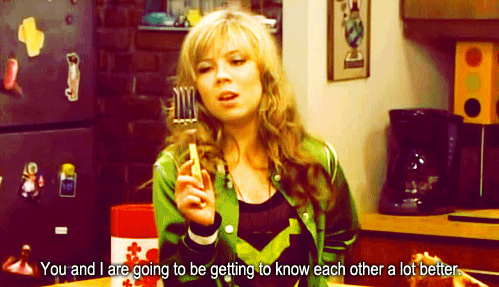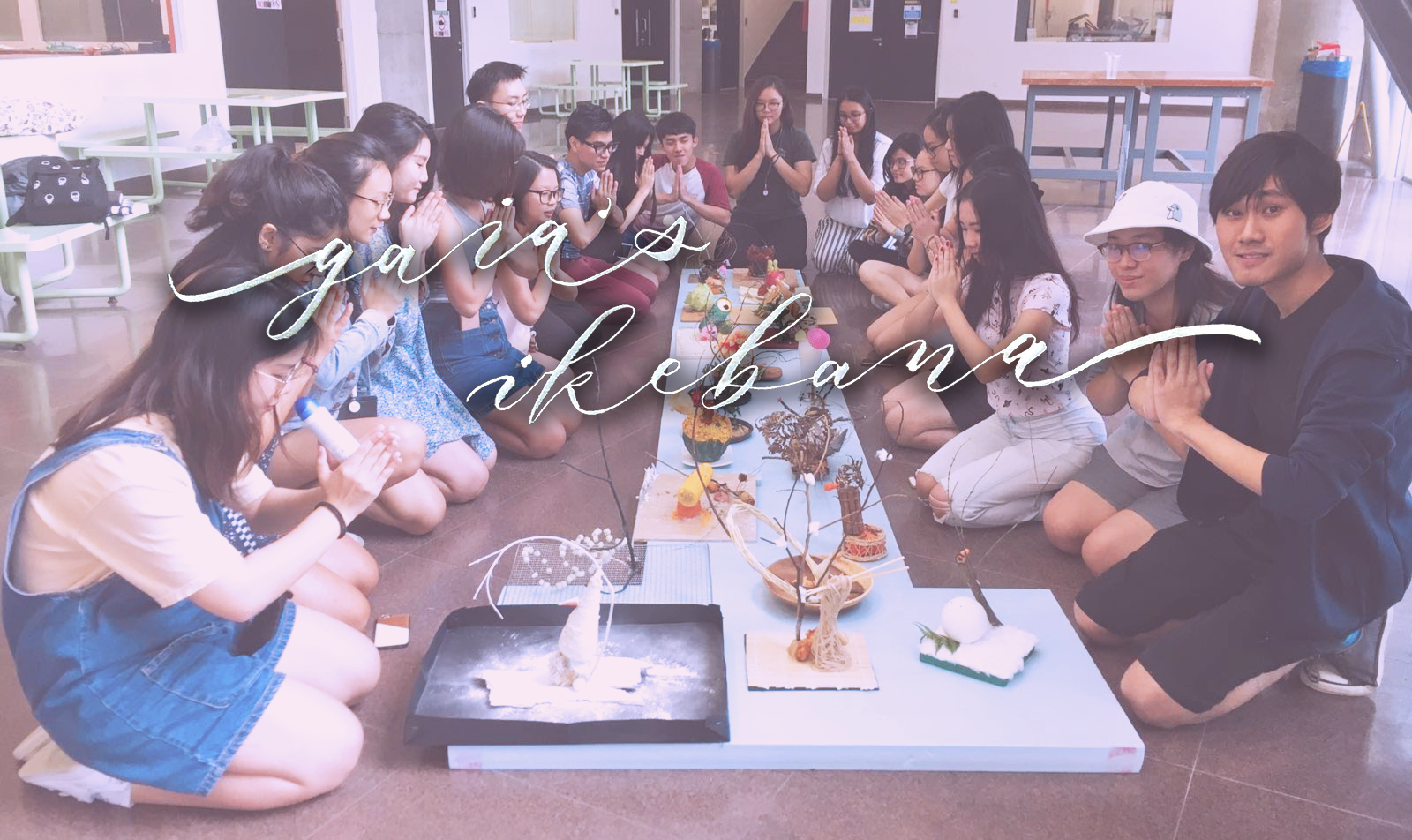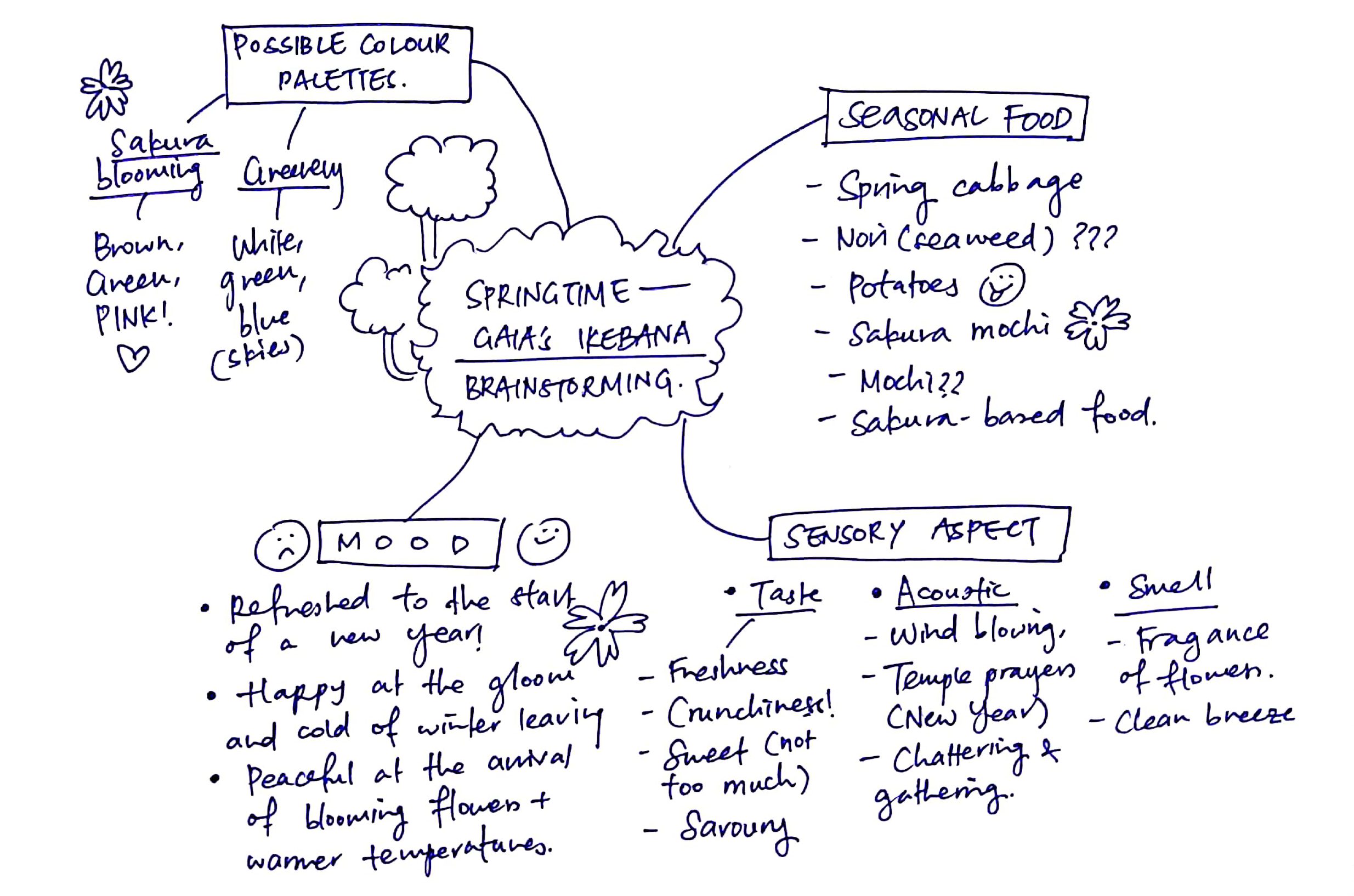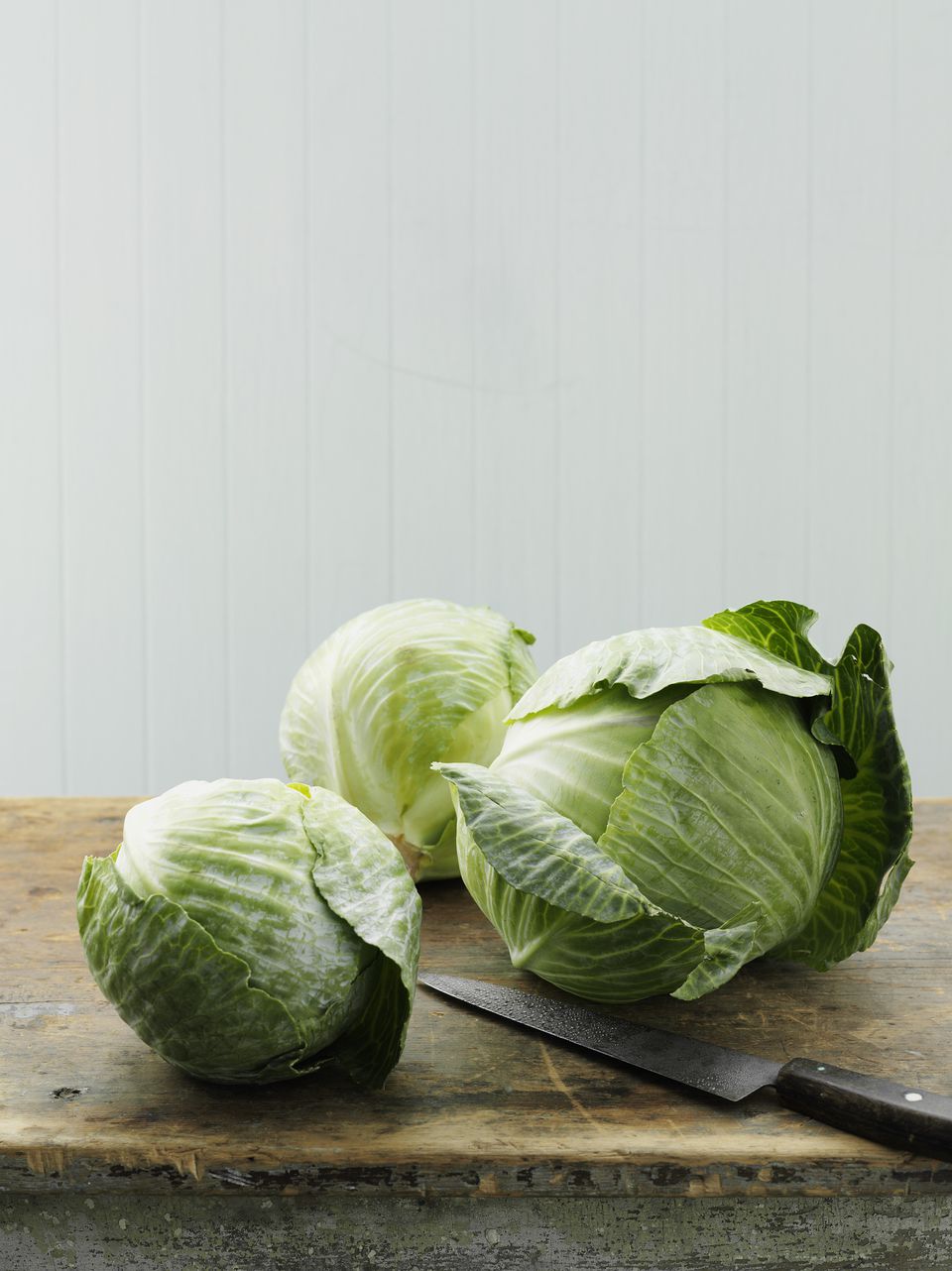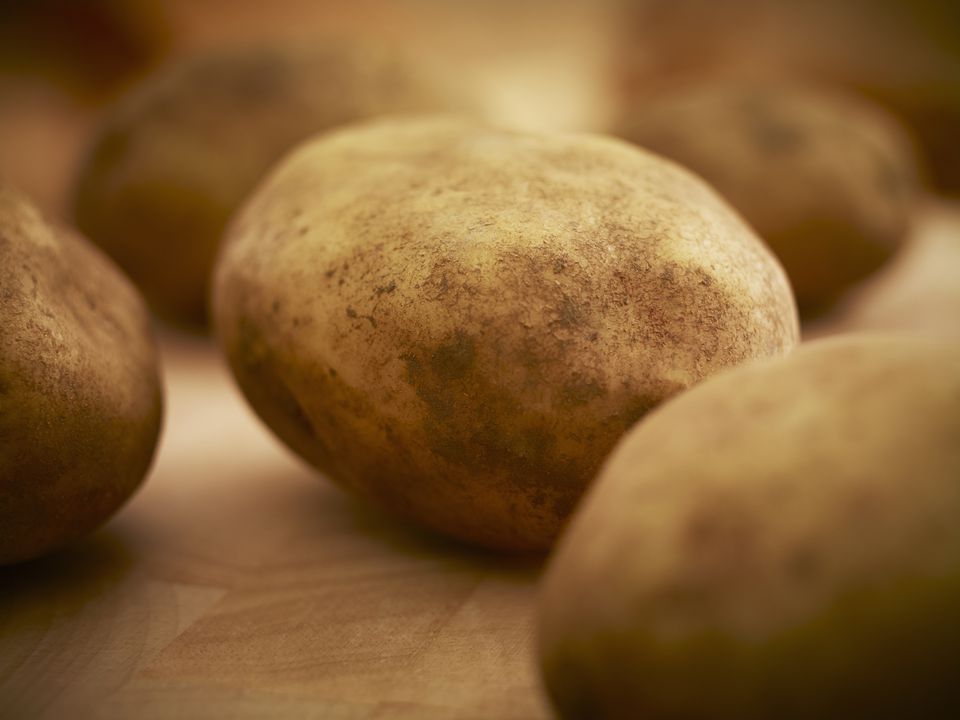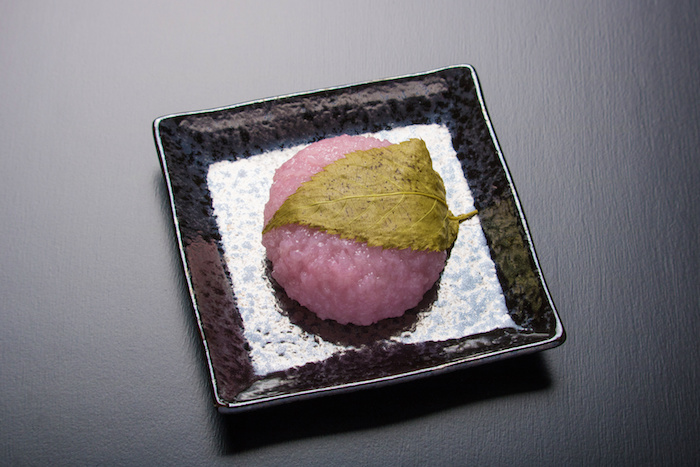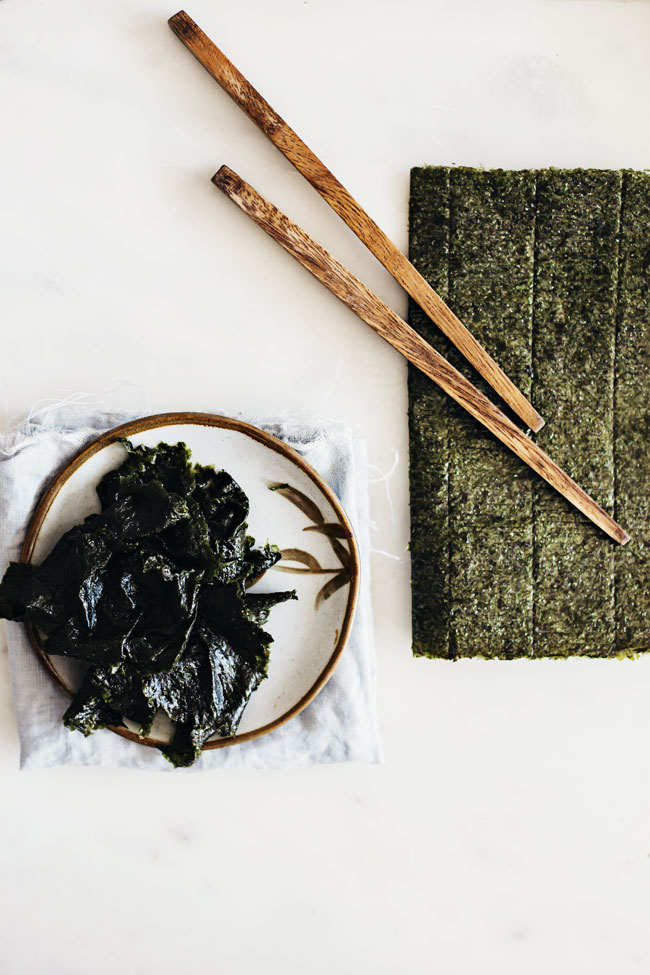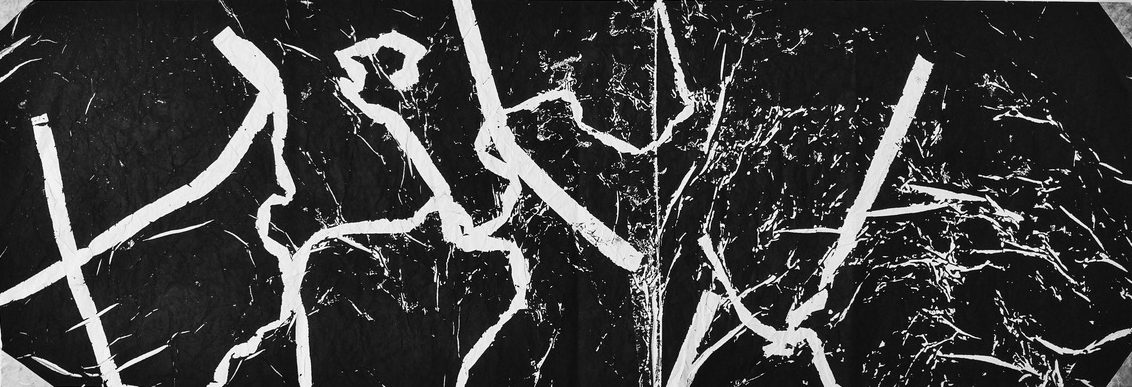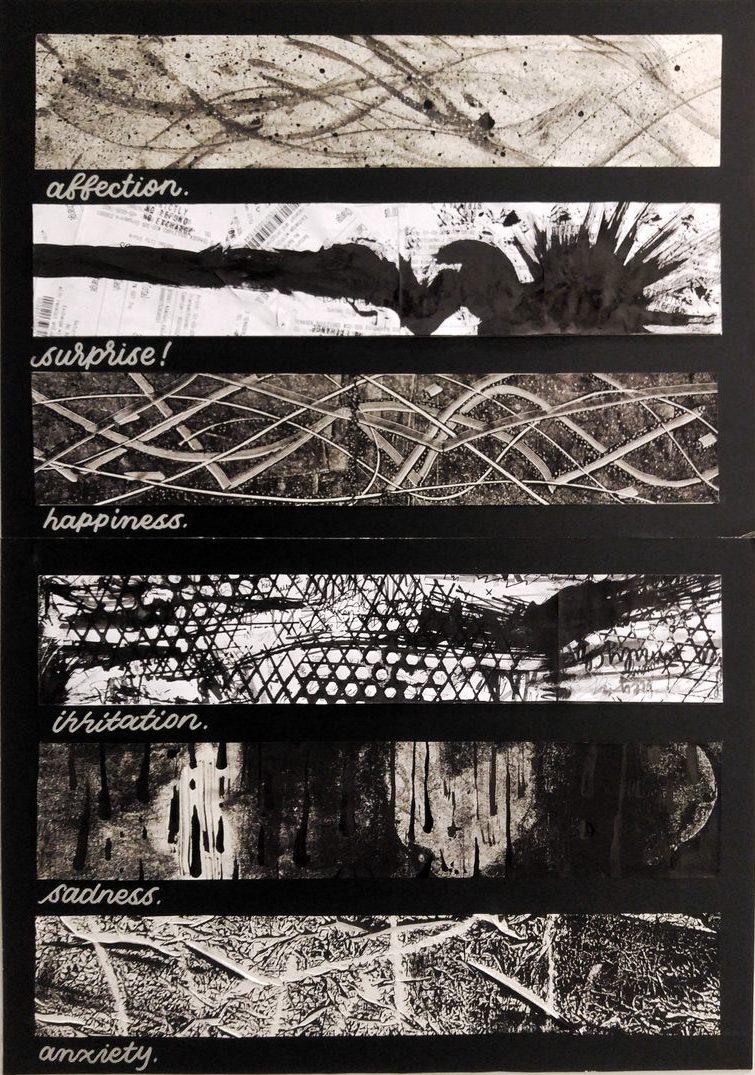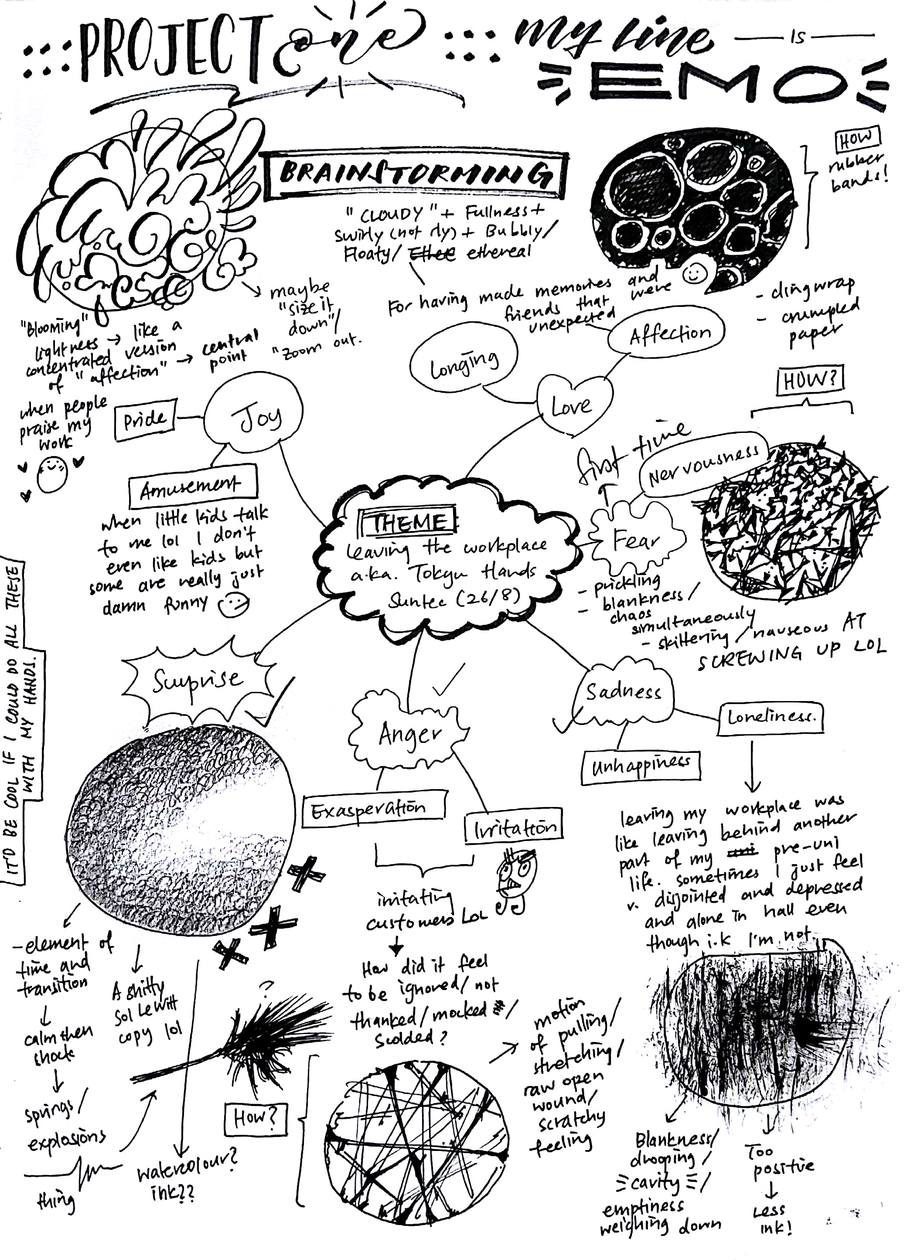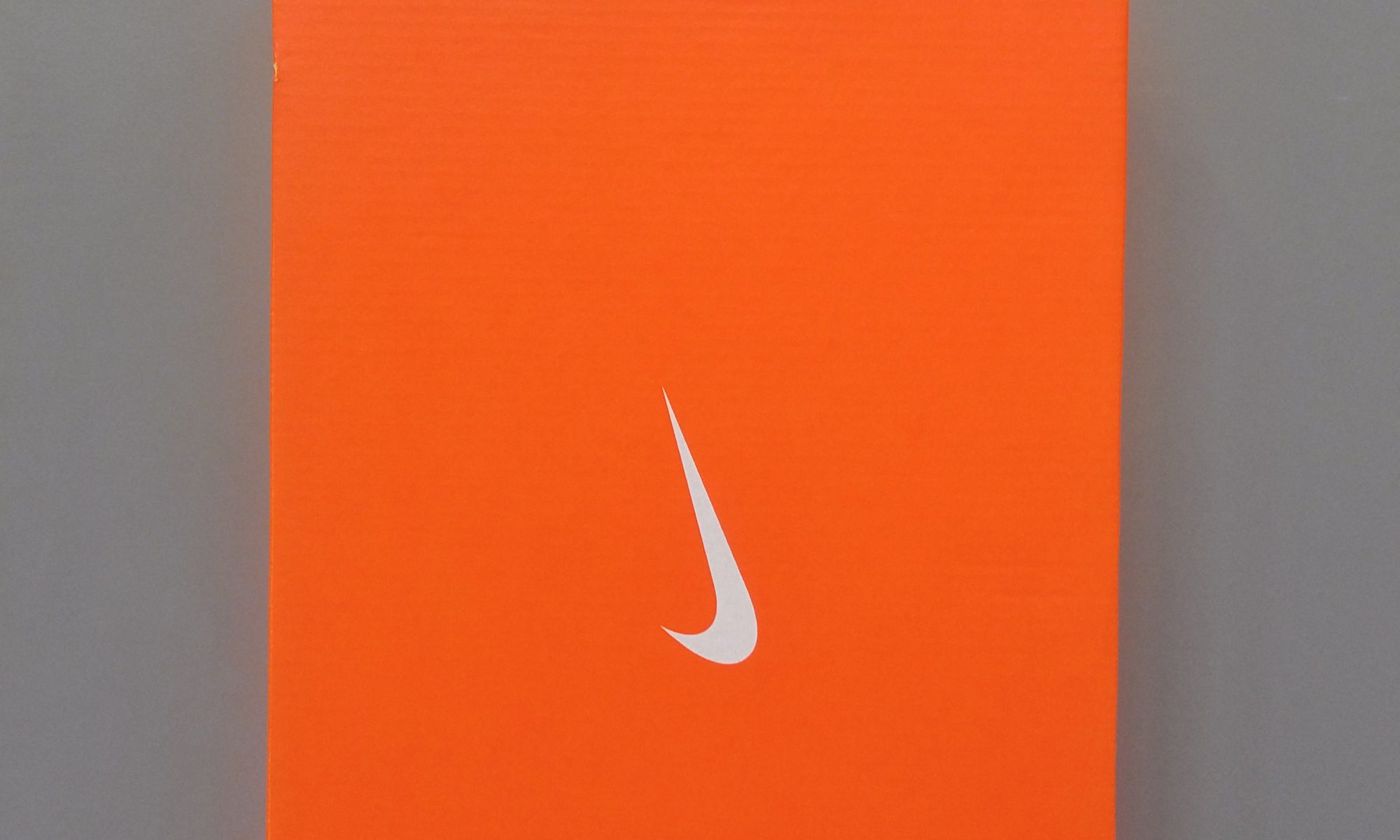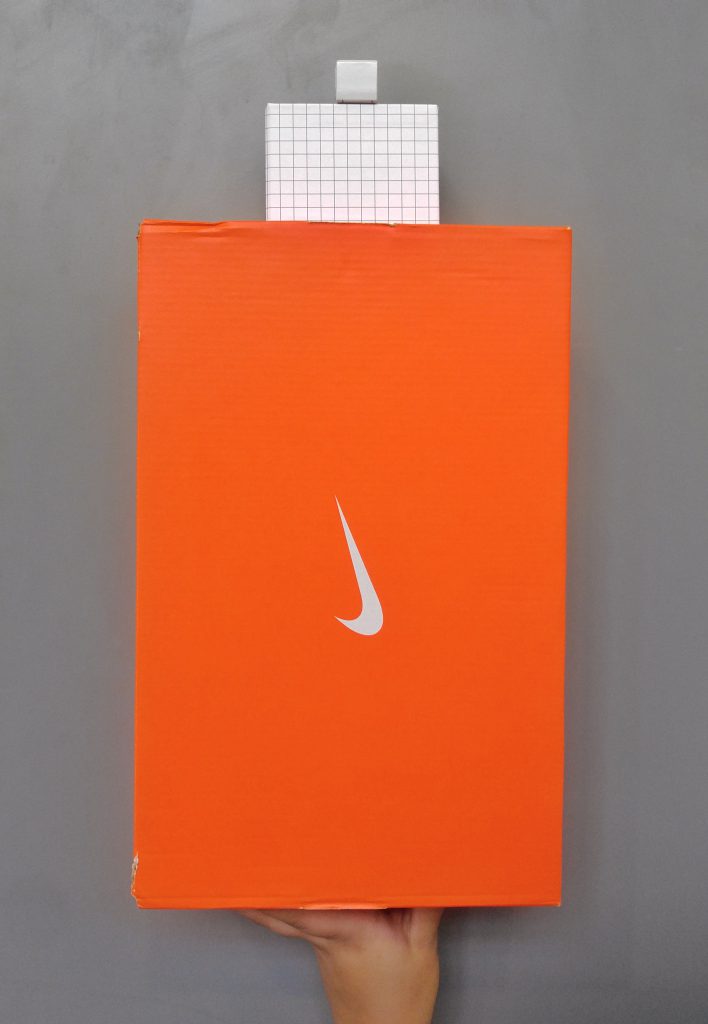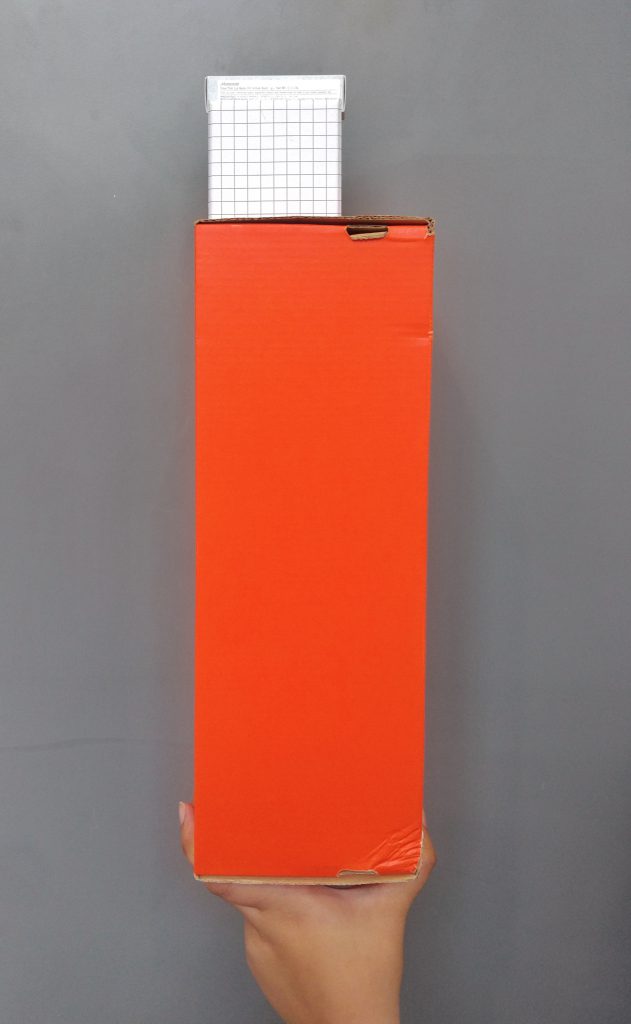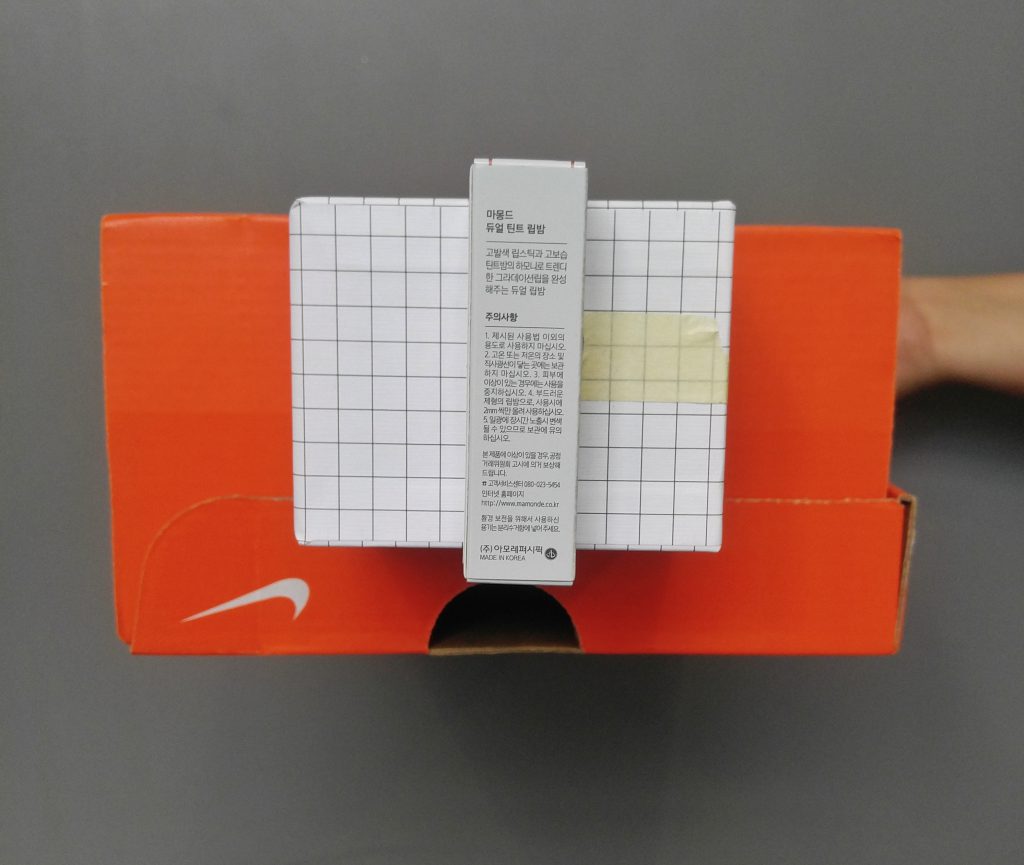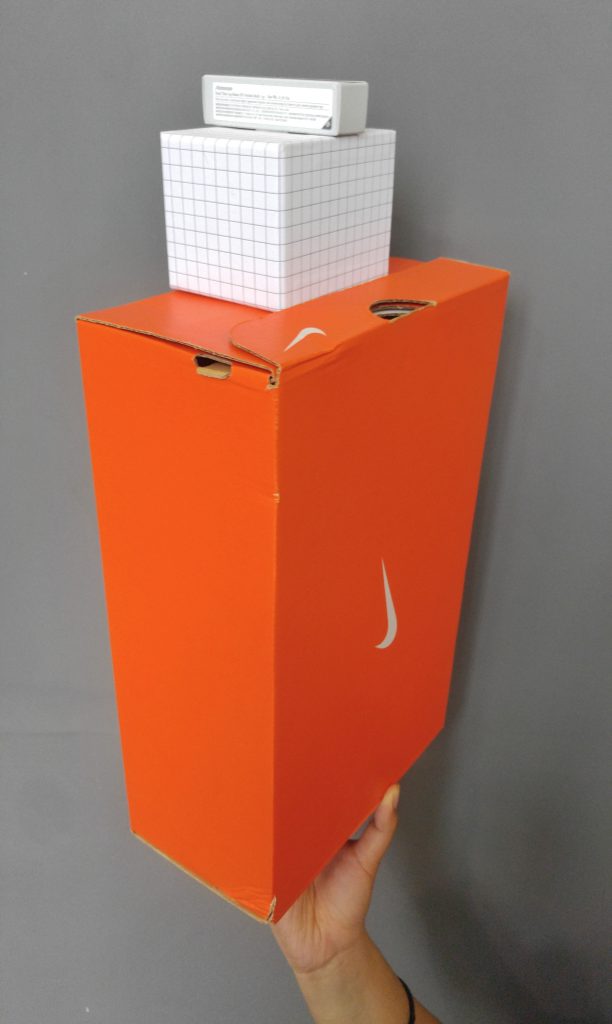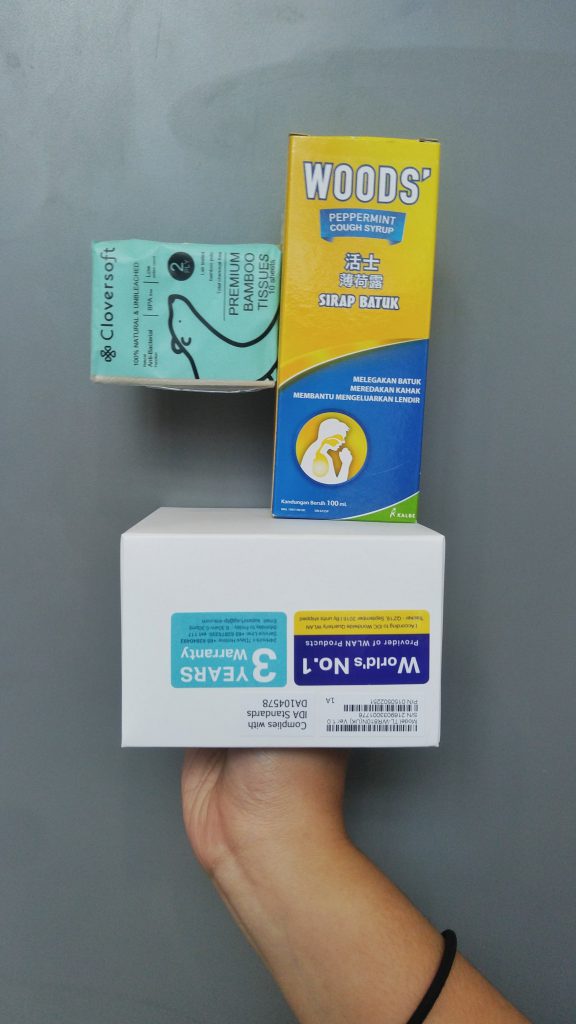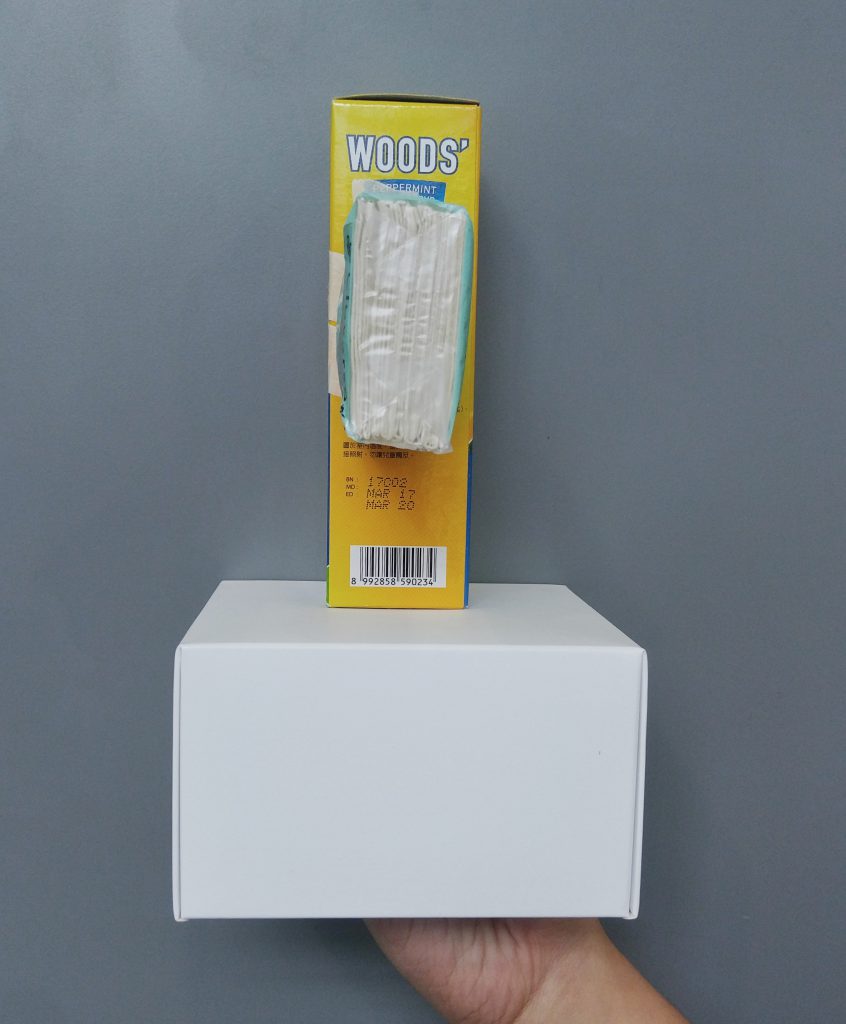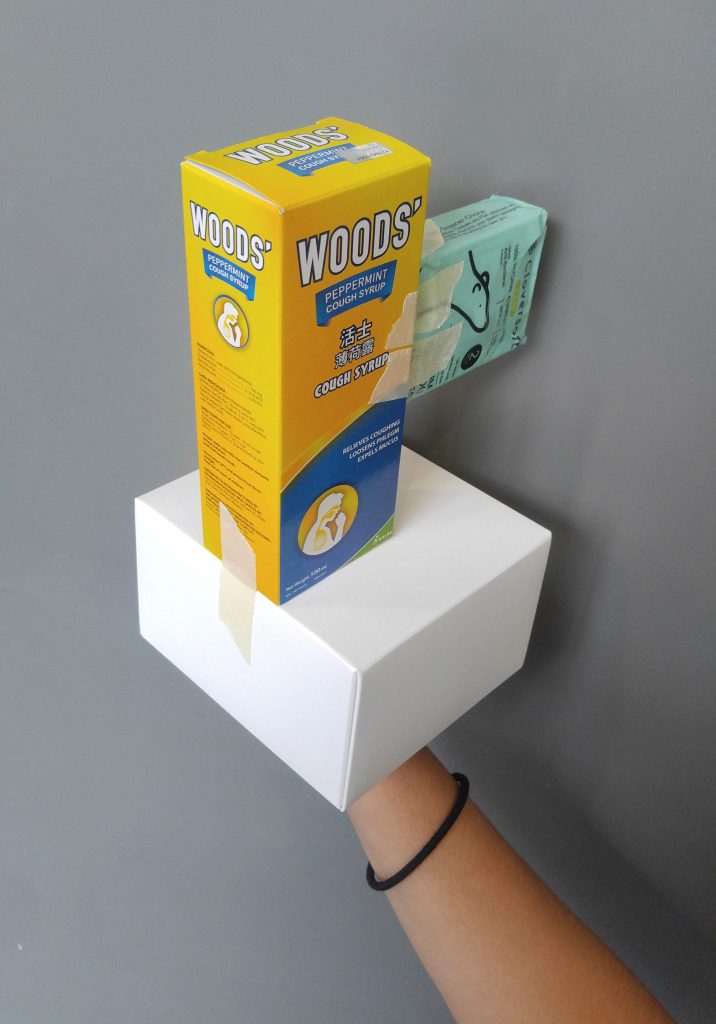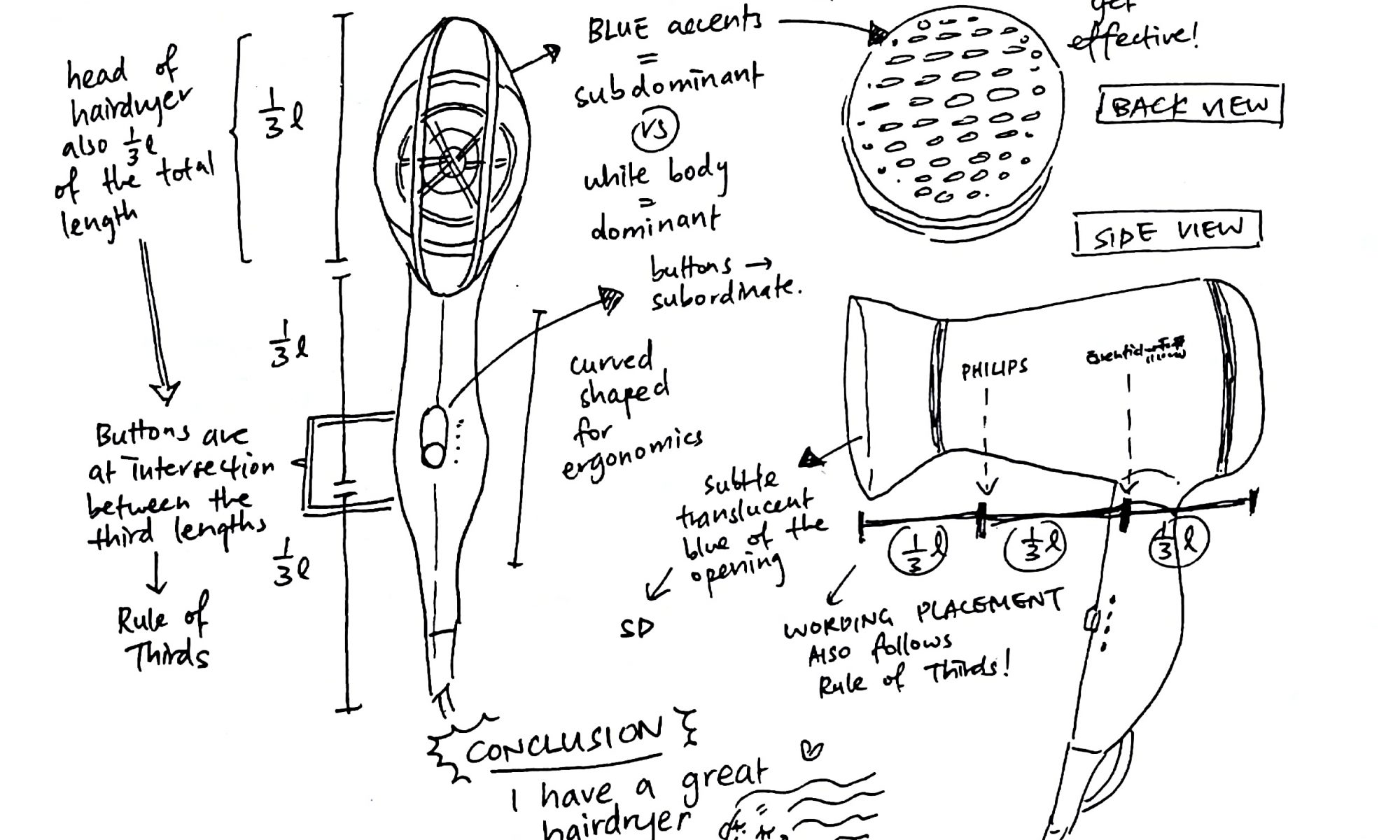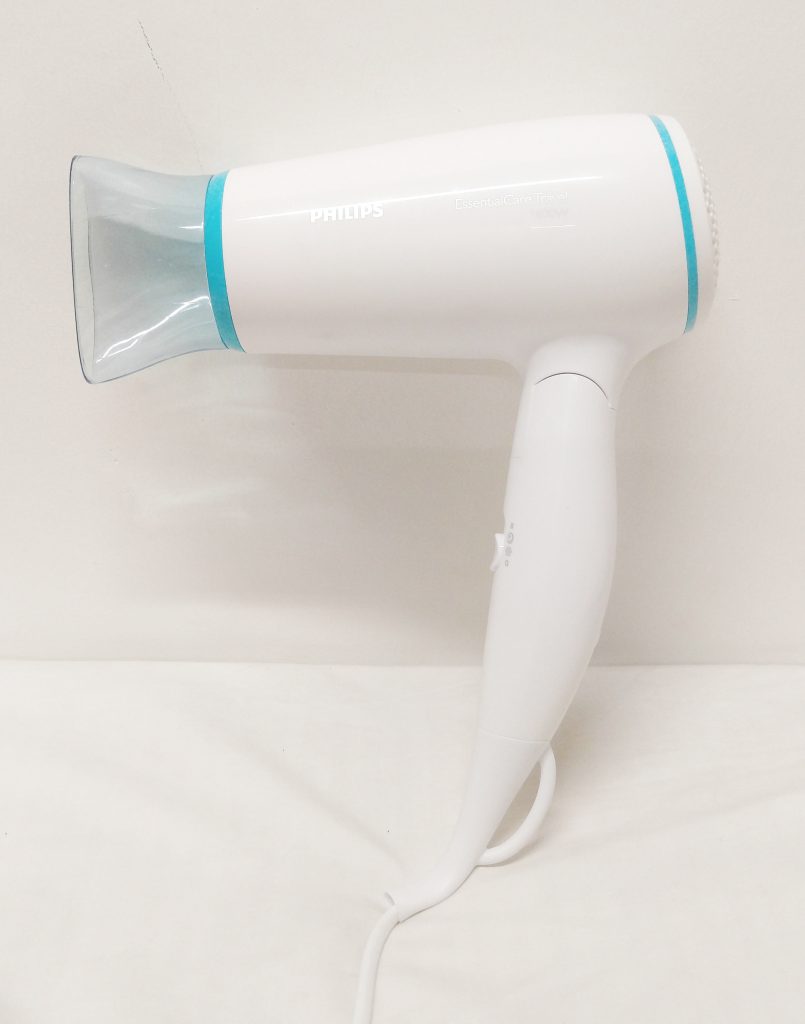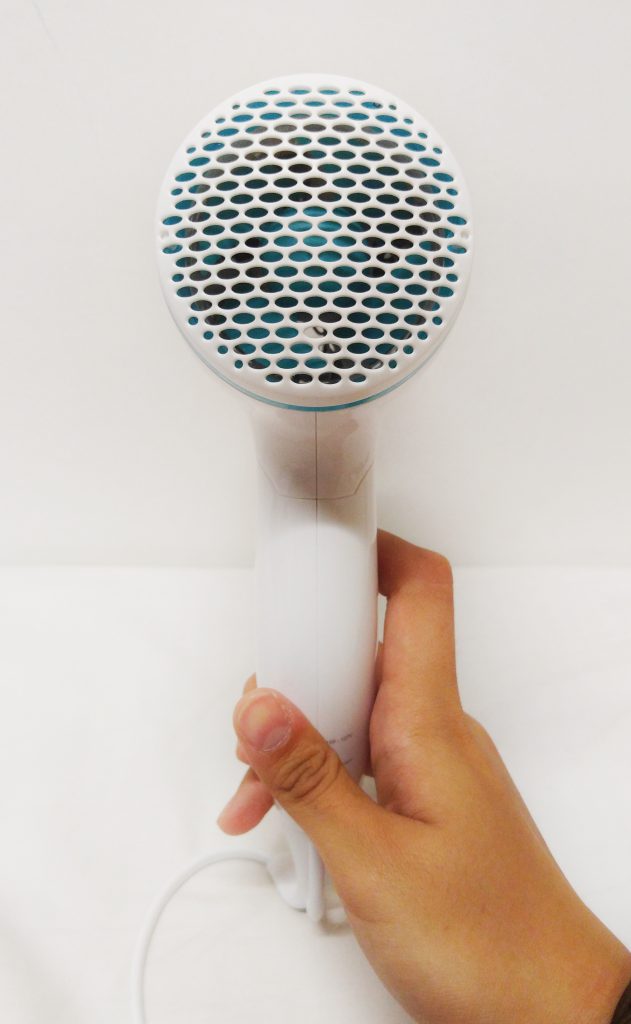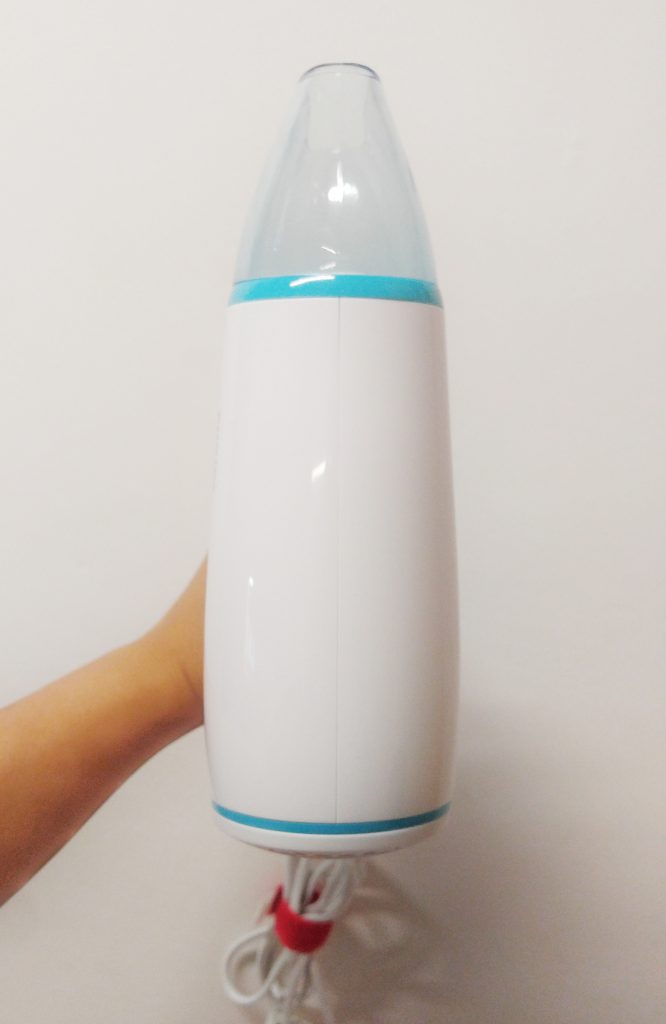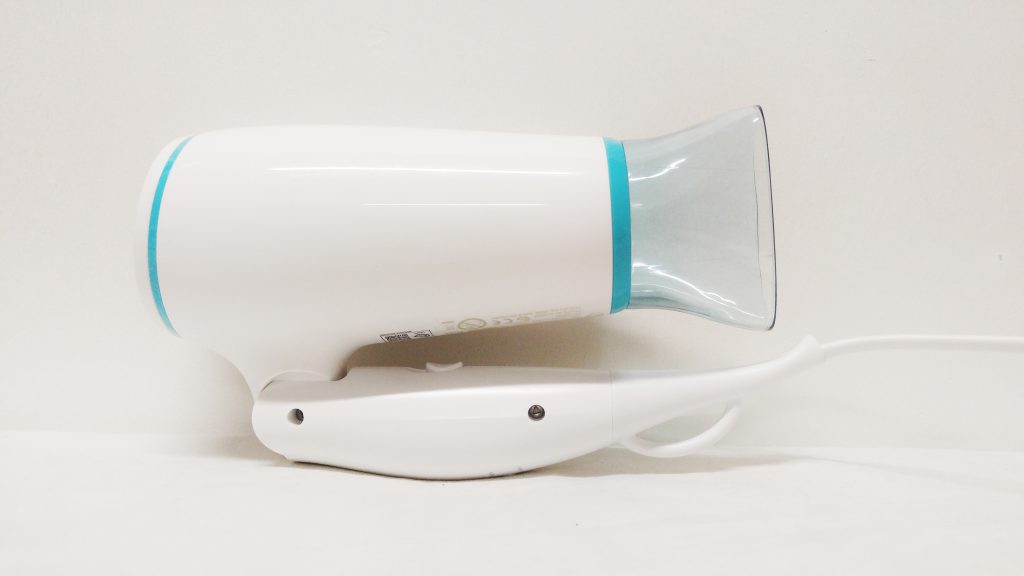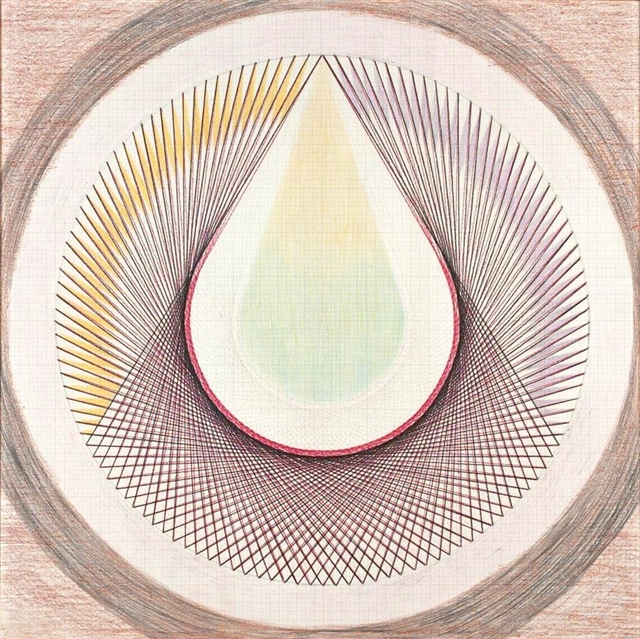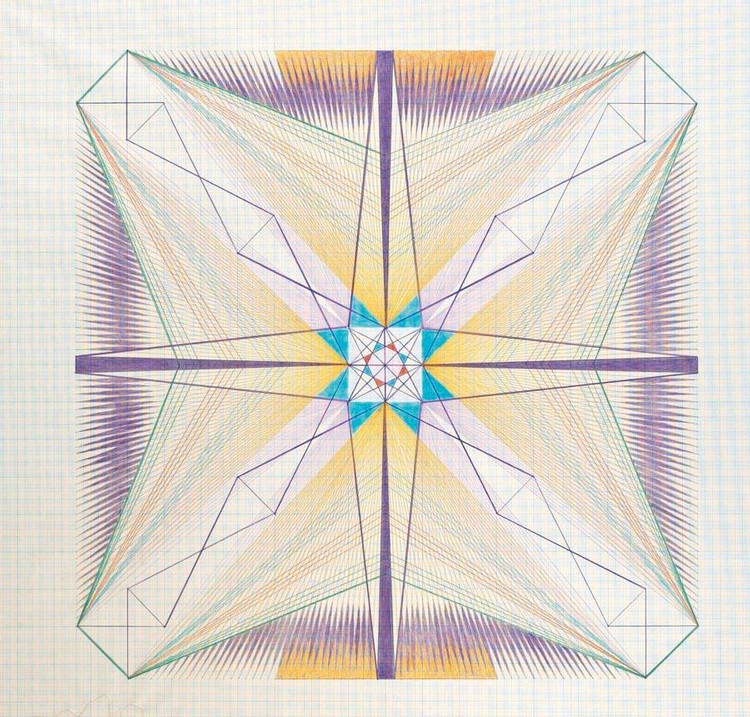[[[ F O R K ]]]
Weird title but that was my object for this project! So basically Lei’s assignment was for us to received an object and take photos of the object displaying its physical attributes or practical uses. After that, we had to take the object and subvert its meaning by changing or celebrating or critiquing the object’s meaning, or showing it’s cultural significance. Finally, we had to pick a picture and include text that would anchor or relay the message of the photo. I think everyone was stumped when they got their object and yah that included me too. :’)
The first task was okay, but the second task was killer. Subverting a fork?? At first I kept thinking along the lines of Poseidon’s trident, the Devil’s pitchfork, a fork in the road, blablabla. I even thought about how Ariel used a fork to comb her hair in The Little Mermaid??
But my previous project about me suffered from a lack of a cohesive theme, and I really really wanted to avoid that dissatisfaction in this project.
My initial idea was to have the fork as a murder weapon throughout all three subverted images. The non-subverted images would be the ‘before the murder’ photos whereas the subverted images would be the aftermath of the crime, with a fork sticking out from their heads or backs or whatever. It sounded super ambitious tbh. And I had other clearer ideas that didn’t fit into the murder plan. And the first week I was just so swamped with work that I didn’t manage to take even a single test shot and I just became uber stressed ohmygad.
So the second lesson where we had consultations with Lei, she let us do this exercise thing where we would practice subverting our objects by drawing them in different scenarios which was super fun hehe! I would show my drawings but they’re back in hall and I’m at home. :’) Upload later! Anyway, when I proposed my murder idea to Lei, as well as the other ideas, she proposed that I could just do matching sets of pictures with a theme for each set, like ‘eating’ or ‘killing’. The idea was SOLID MAN so I went ahead and did it.
